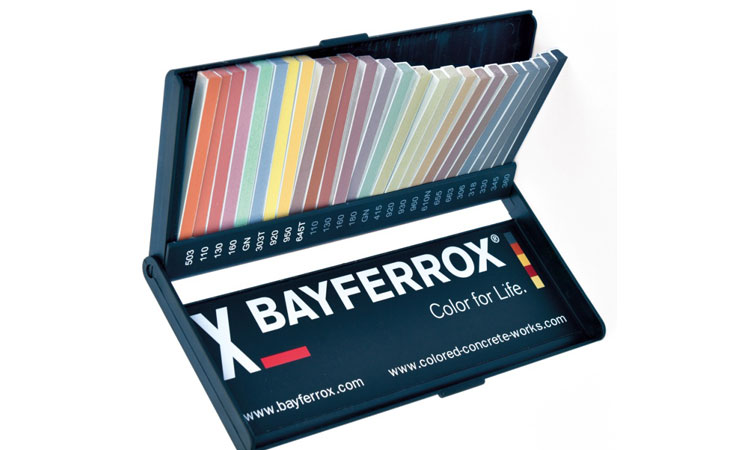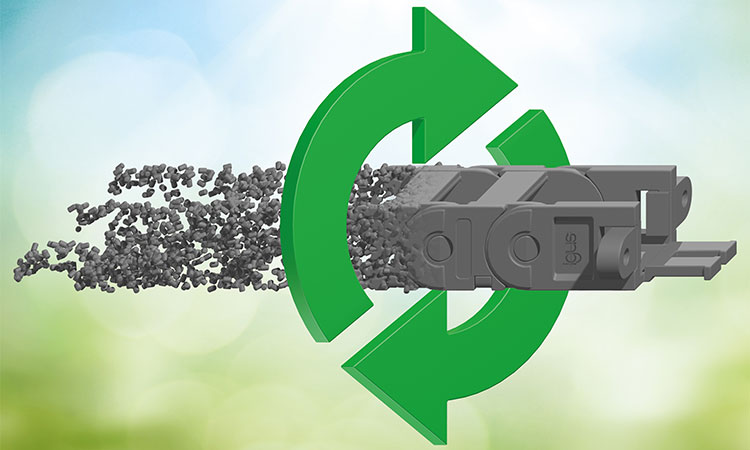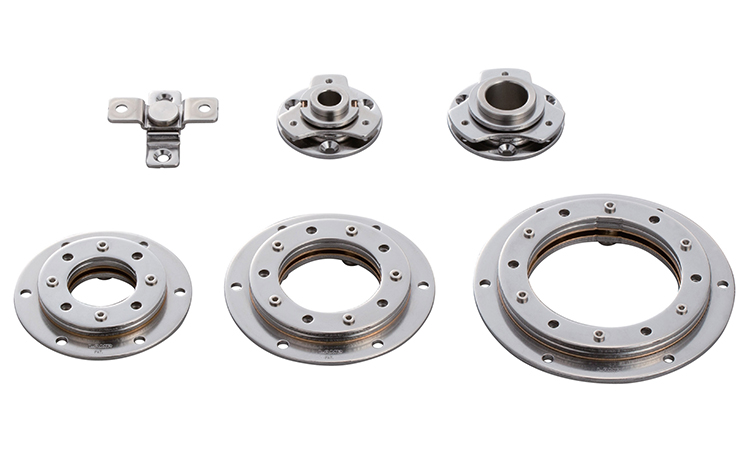80% lower CO2 footprint: igus switches to recycled…

LANXESS adding color to their 3D printed concrete products| Engineering Review
- LANXESS helps its customers to develop colorful concrete projects using additive manufacturing methods
- Free color sample box for 3D concrete printers
LANXESS supports its customers in adding color to their 3D-printed concrete products. The specialty chemicals company has created a sample box showing which colors can be realized in additive manufacturing. The box contains concrete samples in 26 different colors, colored with weather-resistant, colorfast, inorganic pigments from the well-known Bayferrox brand. These can be used for reliably adding color to 3D-printed concrete structures, lending users of this highly promising and cost-efficient technology even greater design freedom in projects large and small. The color sample box can be requested by 3D concrete printers free of charge at 3d.bayferrox.com.
Cost-efficient manufacturing technology conquering the construction industry
3D concrete printing is a manufacturing method that has only recently made inroads into the construction industry. Numerous universities worldwide have established special research areas for additive manufacturing in the construction industry. The technology is already being used in practice, with the first 3D-printed house in Germany built at the end of 2020, while some countries such as the Netherlands, the USA and the UAE have already built entire housing complexes with 3D printing technology.
Additive manufacturing uses state-of-the-art IT for automated production, permits an extremely wide variety of shapes and, in terms of material consumption, is extremely economical even in small-volume projects. The principle underlying the component construction process is that concrete is applied only where it is needed, which ensures that construction materials are used sparingly, and which opens up whole new design possibilities.
Cement-based mortar or concrete suitable for 3D printing passes through a nozzle to form layers up to a few centimeters thick without the need for formwork. “This helps to streamline construction processes – after all, on a building site, time is money. We can see that 3D concrete printing is becoming increasingly widespread in many segments and a key technology in the construction industry,” says Oliver Fleschentraeger, Market Segment Manager Construction in LANXESS’ Inorganic Pigments business unit.
Creating colorful highlights
Expert advice concerning the use of pigments is essential for colored 3D printing projects. “Ensuring that the concrete is of exactly the right shade even after it has cured depends not only on the quality and mixing of the pigments, but also on the application itself. The type of cement used affects the shade – and vice versa. How the pigments react to the concrete additives used also needs to be taken into account,” says Fleschentraeger. This process requires extensive knowledge of how the concrete and color pigments interact.
LANXESS offers manufacturers of 3D-printed in-situ & precast concrete objects expert technical support to ensure that drab gray does not come to dominate the relatively new world of 3D concrete printing. The Bayferrox pigments, which are highly renowned in the construction industry, are available in 100 shades of black, red, yellow, brown and green and are suitable for use in reinforced and non-reinforced concrete. You can find more detailed information about the products and technical services at www.bayferrox.com.









